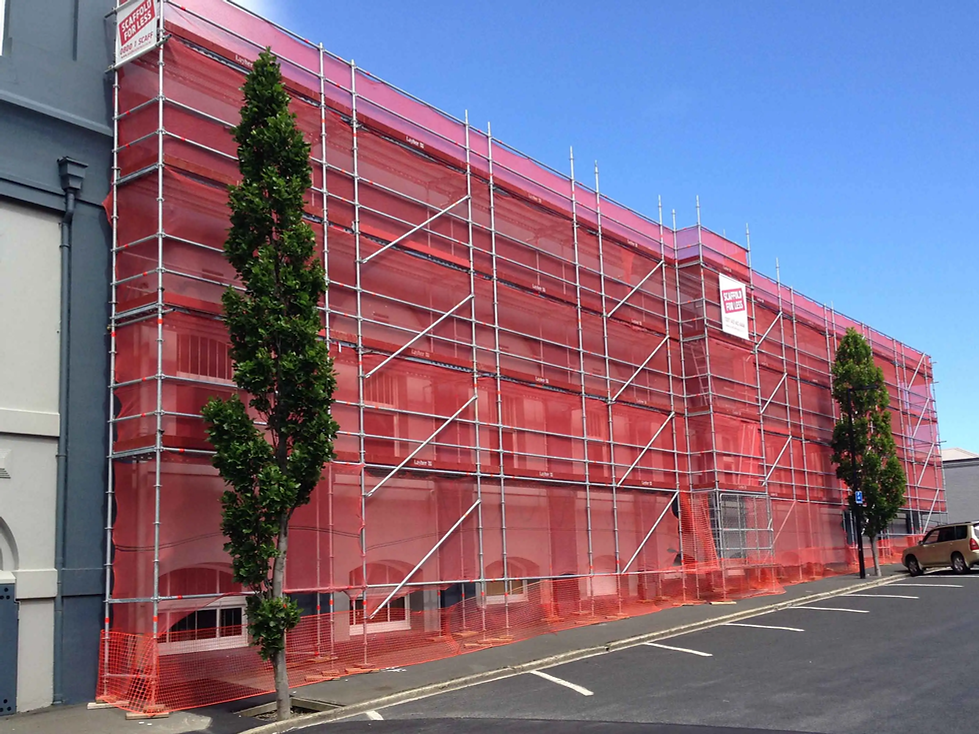
SAFETY NET

Ensure the protection of workers against the risks of falling Industrial installation, roof frame repair, replacement of a roofing sheet... these examples of temporary work at height expose workers to the risk of falling. In accordance with the general principles of prevention, a workstation must be designed to prevent falling by using, for example, a guardrail or a restraint lanyard. However, when it is not possible to deploy this type of device, it is necessary to use safety nets that prevent damage following the fall of an operator.
The main characteristics of safety nets
Safety nets are made up of a network of meshes forming squares or lozenges. They are delimited by a border rope, which is a rope that passes through each mesh at the ends of a net and determines its dimensions. The border rope is connected by means of an attachment rope to a supporting structure that contributes to absorbing the kinetic energy of the fall. The attachment and coupling ropes have a minimum tensile strength and are protected against fraying. The flexible collection devices are generally made of polyamide (PA) or polypropylene (PP).
Safety nets are subject to standards.
Safety nets have marking materialized in the form of a label or plastic disc sewn or riveted. Among others, they include:
• The name or brand of the manufacturer or importer and the designation of the net
• The id number whose purpose is to ensure that the net and its test meshes come from the same production batch
• The year and month of manufacture
• The manufacturer's article code
The instructions for use of safety nets
The following are mentioned on the instructions for use:
• The procedure for installation, use and dismantling
• Storage, maintenance and inspection
• The test dates of the test meshes
• The declaration of conformity by the manufacturer according to standard
PERIMETER SAFETY NETTING

DEBRIS NETTING

